How do electric motorcycles achieve braking?
The braking of electric motorcycles is achieved through the coordinated work of the electronic control unit (ECU) and the sensor system. The following is a detailed analysis of the braking method of electric motorcycles:
1.Sensor detection:
The motorcycle electronic brake system first detects the braking status and operation of the vehicle through various sensors. Sensors include brake pressure sensors, vehicle speed sensors, wheel speed sensors, etc. These sensors provide real-time data to the electronic control unit (ECU) by monitoring various parameters of the motorcycle.
2.Electronic Control Unit (ECU):
ECU is the core control component of the motorcycle electronic brake system, responsible for receiving sensor data and controlling it according to the working principle of the brake system. ECU can judge the braking situation and make corresponding control based on parameters such as vehicle speed and brake pressure.
3.Front wheel brake control:
When the motorcycle speed is high, it needs to slow down by braking the front wheel. The front brake system's brake hydraulic pump or friction disc brake is controlled by the ECU to achieve front wheel braking. ECU controls the working state of the brake hydraulic pump and brake according to the vehicle speed and brake pressure requirements, and adjusts the braking force.
4.Rear wheel brake control:
When the motorcycle speed is low, the rear wheel is mainly braked to slow down and stop. The electronic brake system can achieve rear wheel braking by controlling the electric brake of the rear brake system. ECU controls the braking force and braking time of the electric brake, and achieves the braking effect by controlling the sliding of the rear wheel.
5.Anti-lock braking system (ABS) control:
Motorcycle electronic brake systems are usually also equipped with anti-lock braking systems (ABS). ABS can prevent wheel locking during emergency braking and improve the braking stability and handling of the motorcycle. The ABS system determines whether the wheel is locked by detecting the difference in wheel speed, and prevents wheel locking by controlling the working state of the brake according to the specific situation.
6.Brake force distribution control:
The motorcycle electronic brake system can also achieve brake force distribution control by controlling the working state of the front and rear brakes. According to the vehicle's speed and braking force requirements, the ECU can adjust the working state and braking force of the front and rear brakes to achieve the best braking effect and stability.
In general, the braking system of an electric motorcycle is a complex electronic control system that works together through multiple links such as sensor detection, electronic control unit (ECU), front and rear wheel brake control, anti-lock braking system (ABS) and brake force distribution control to achieve efficient, stable and safe braking effects.
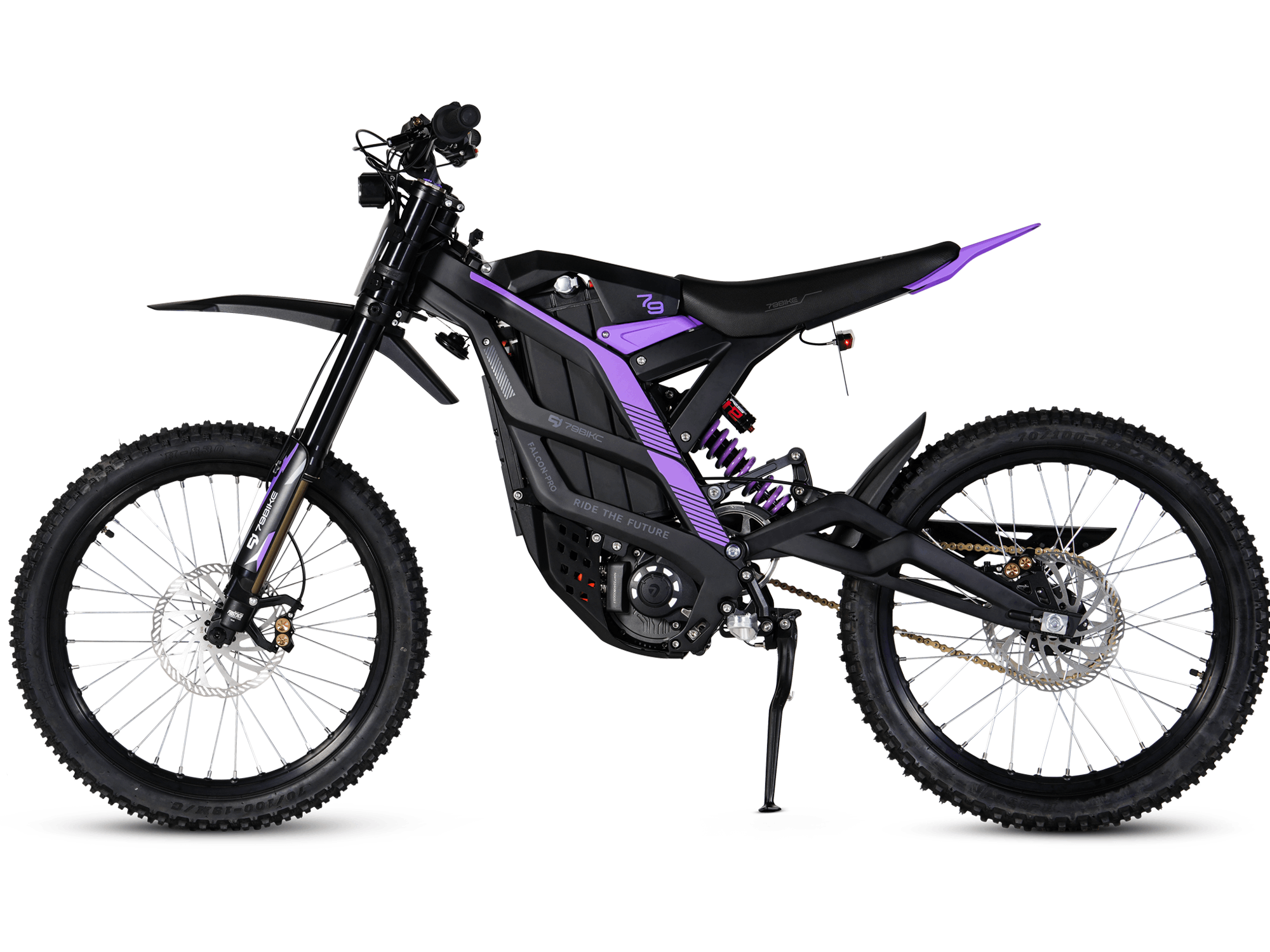
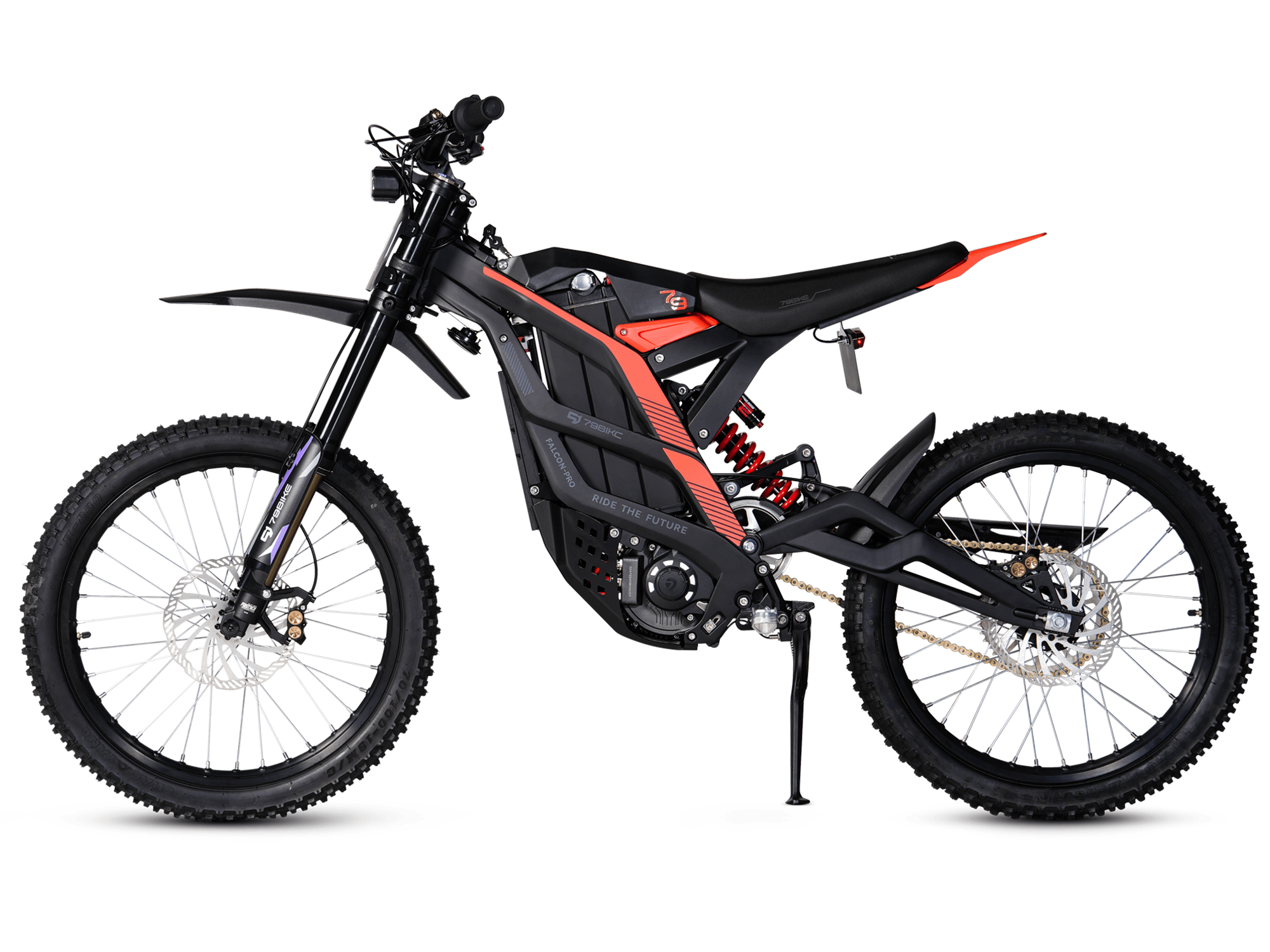
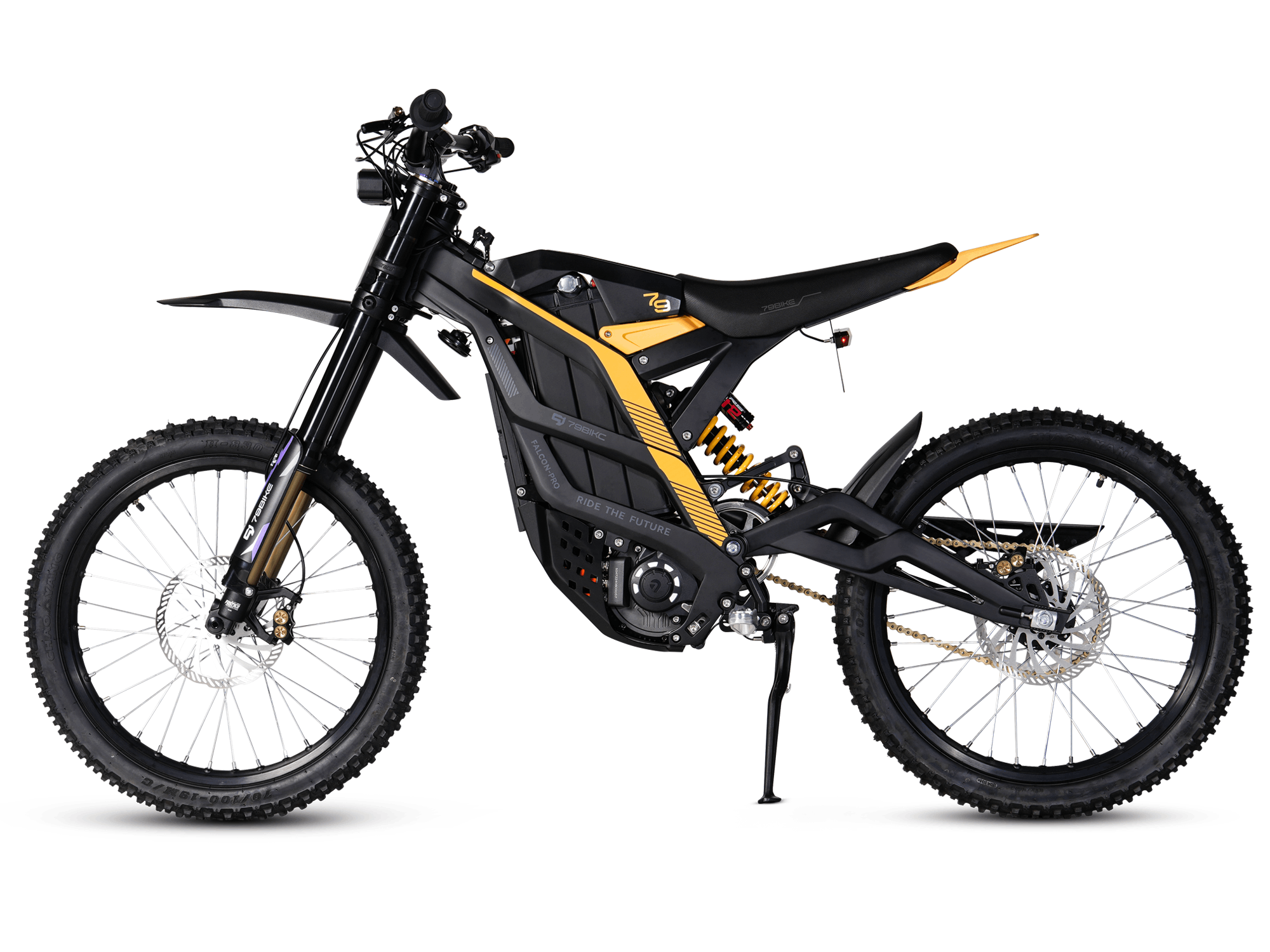
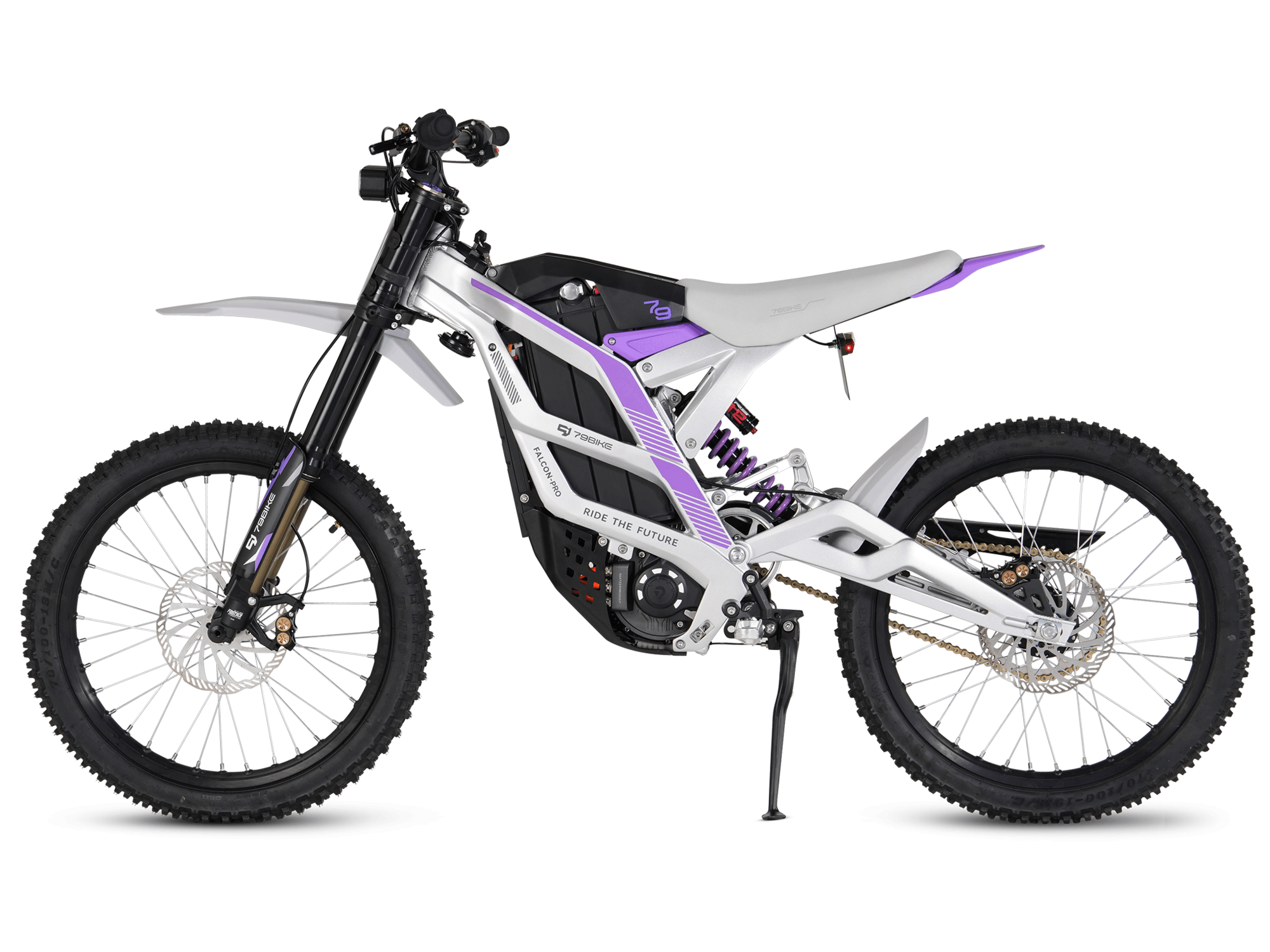
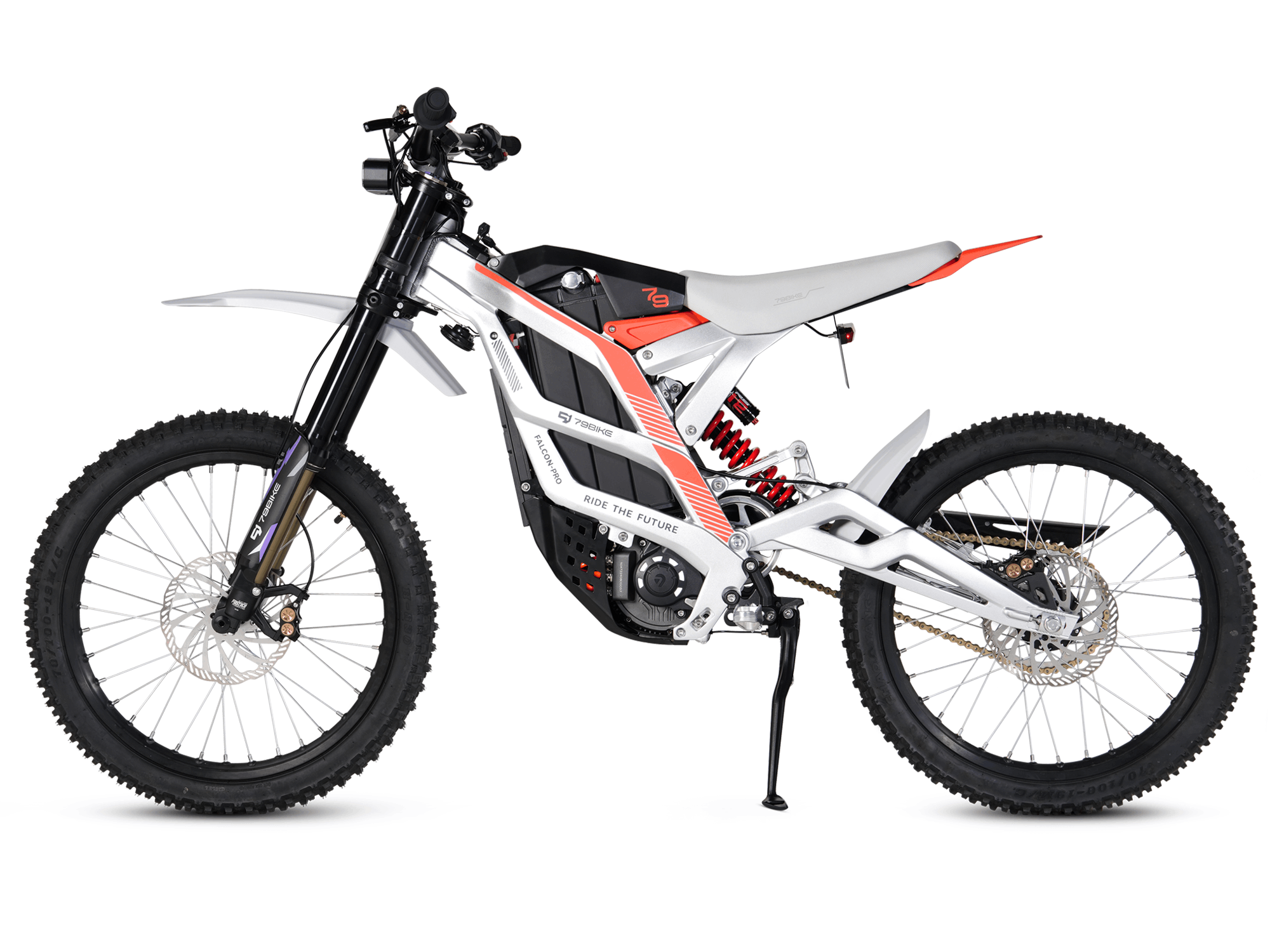
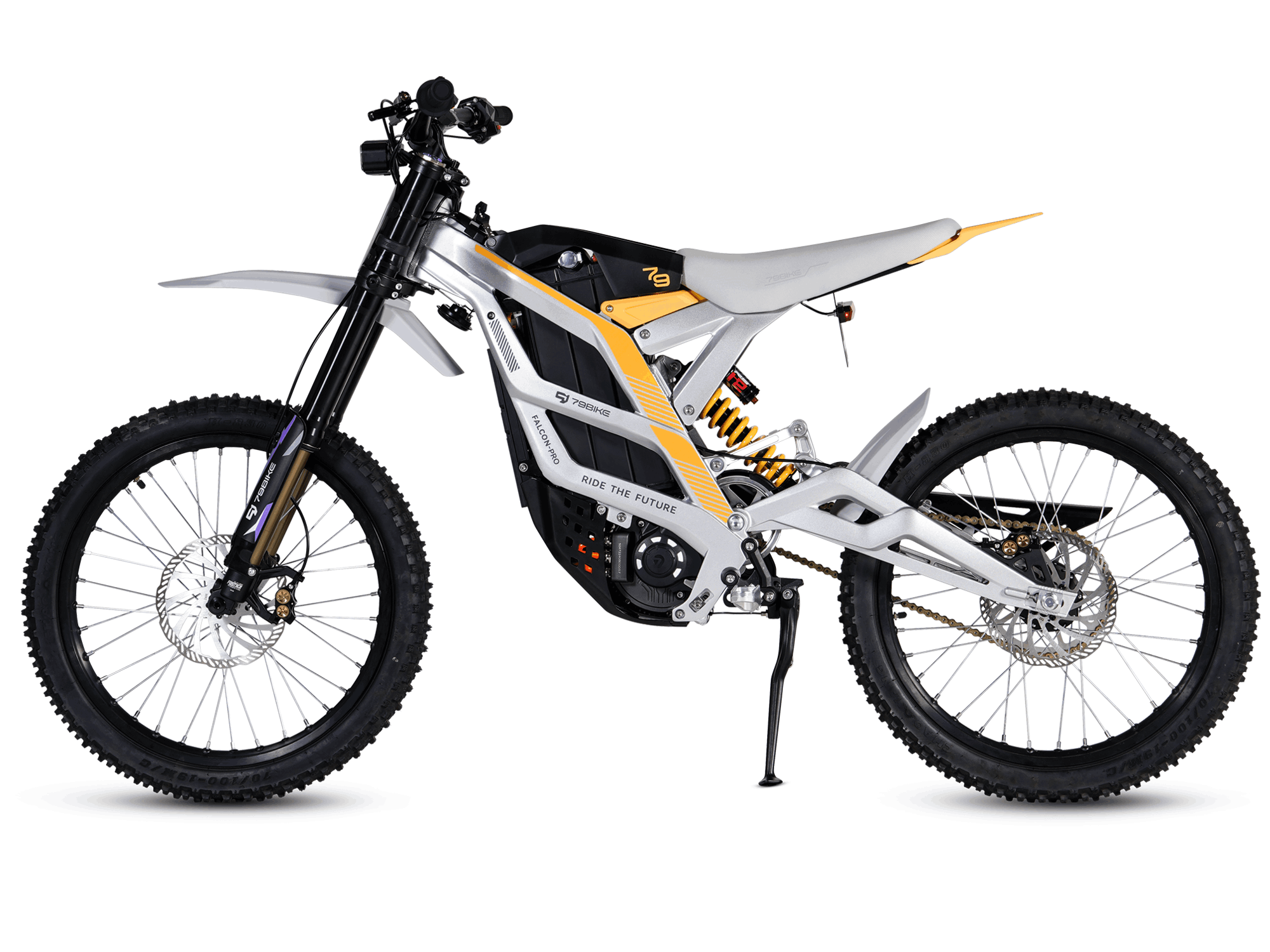
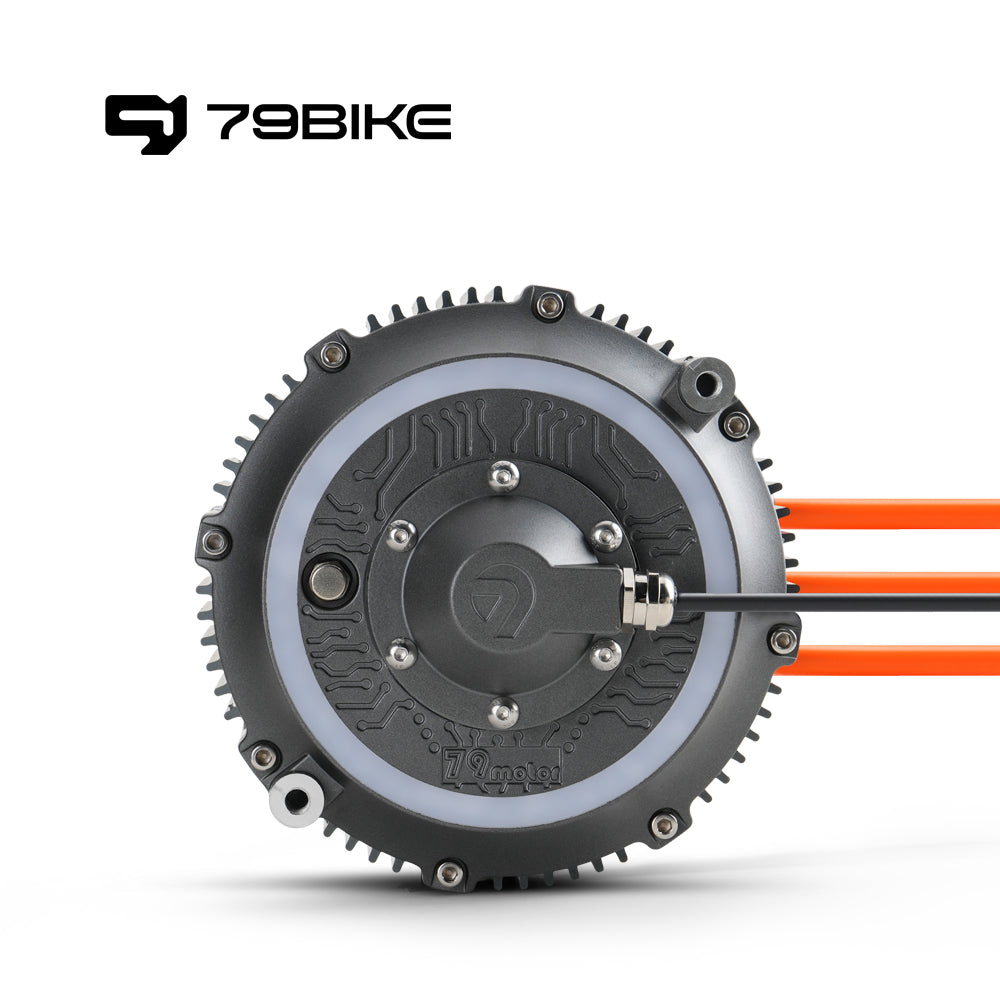
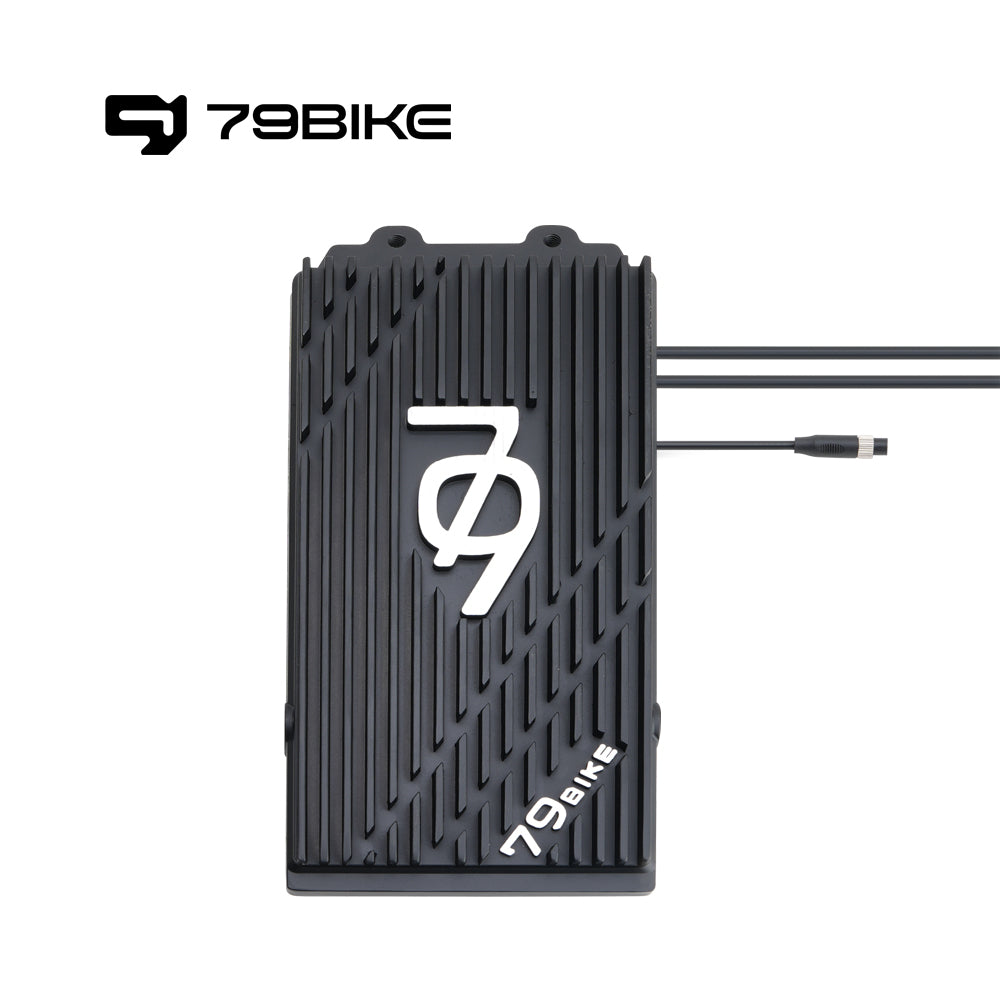
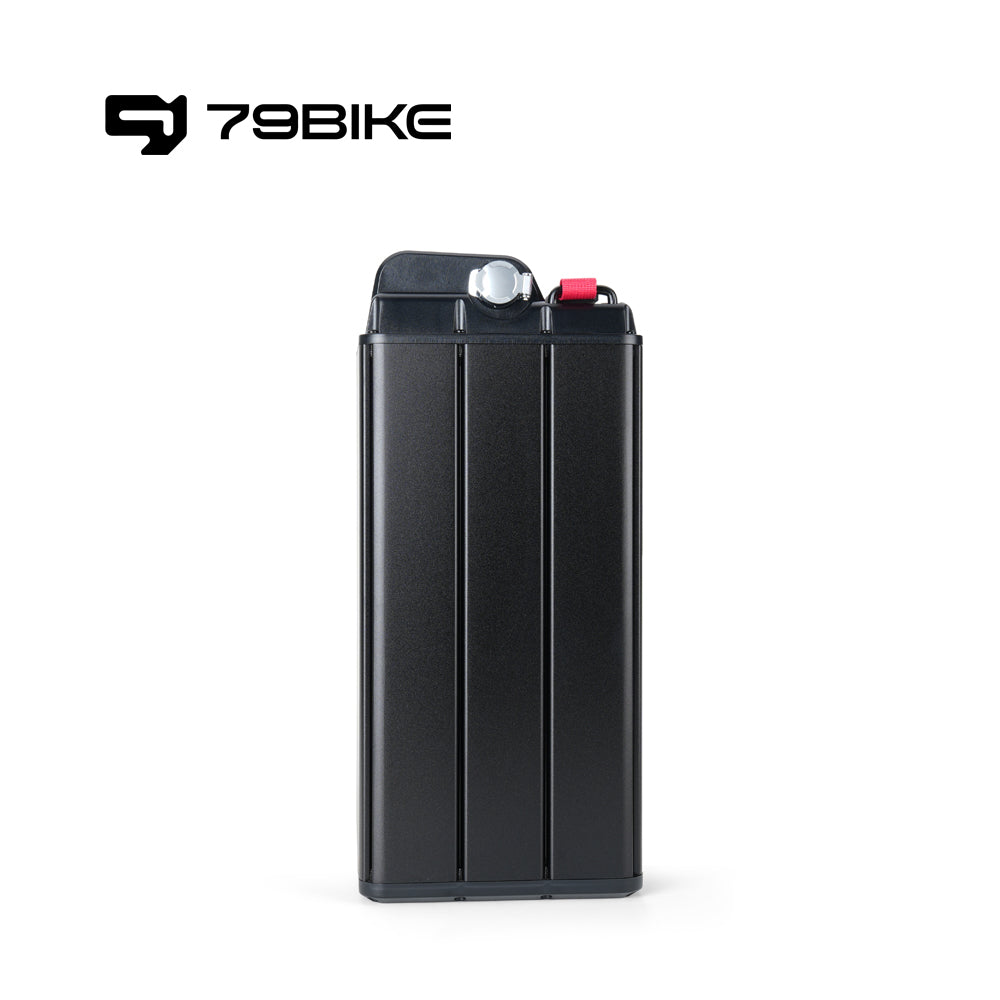
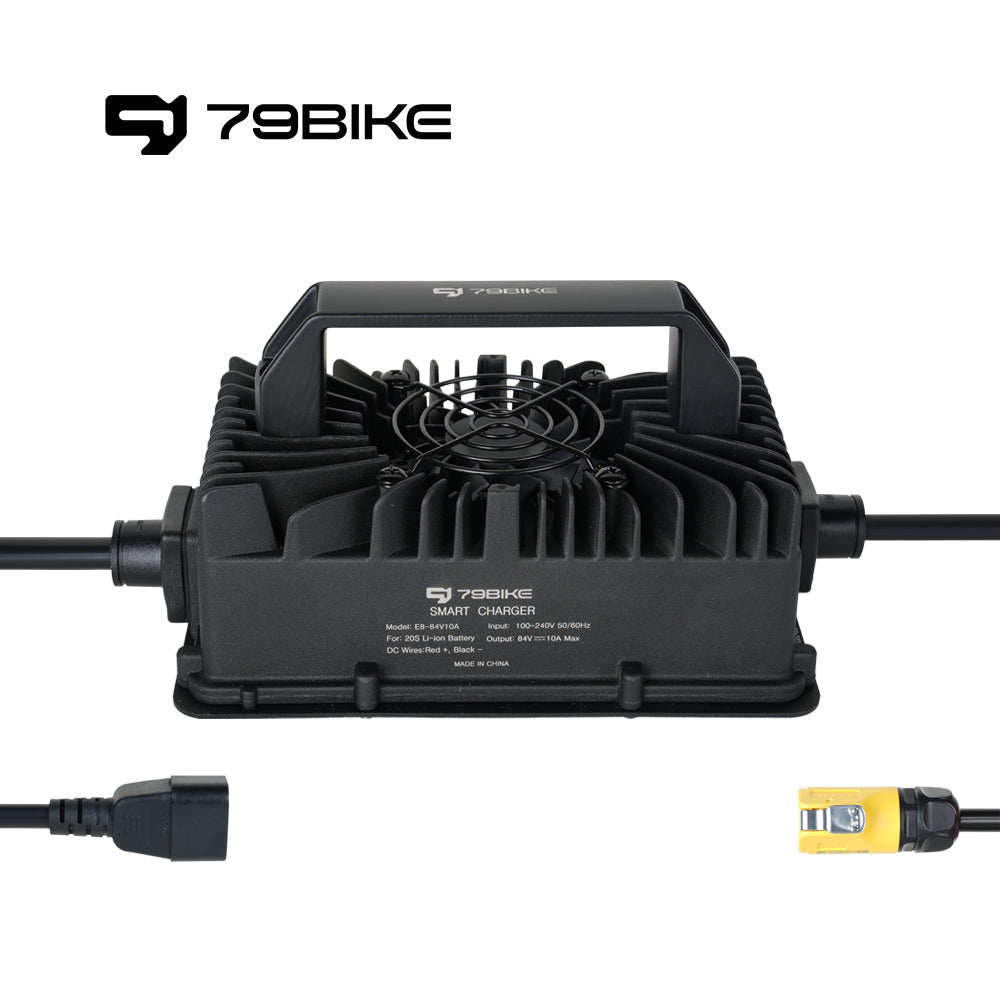
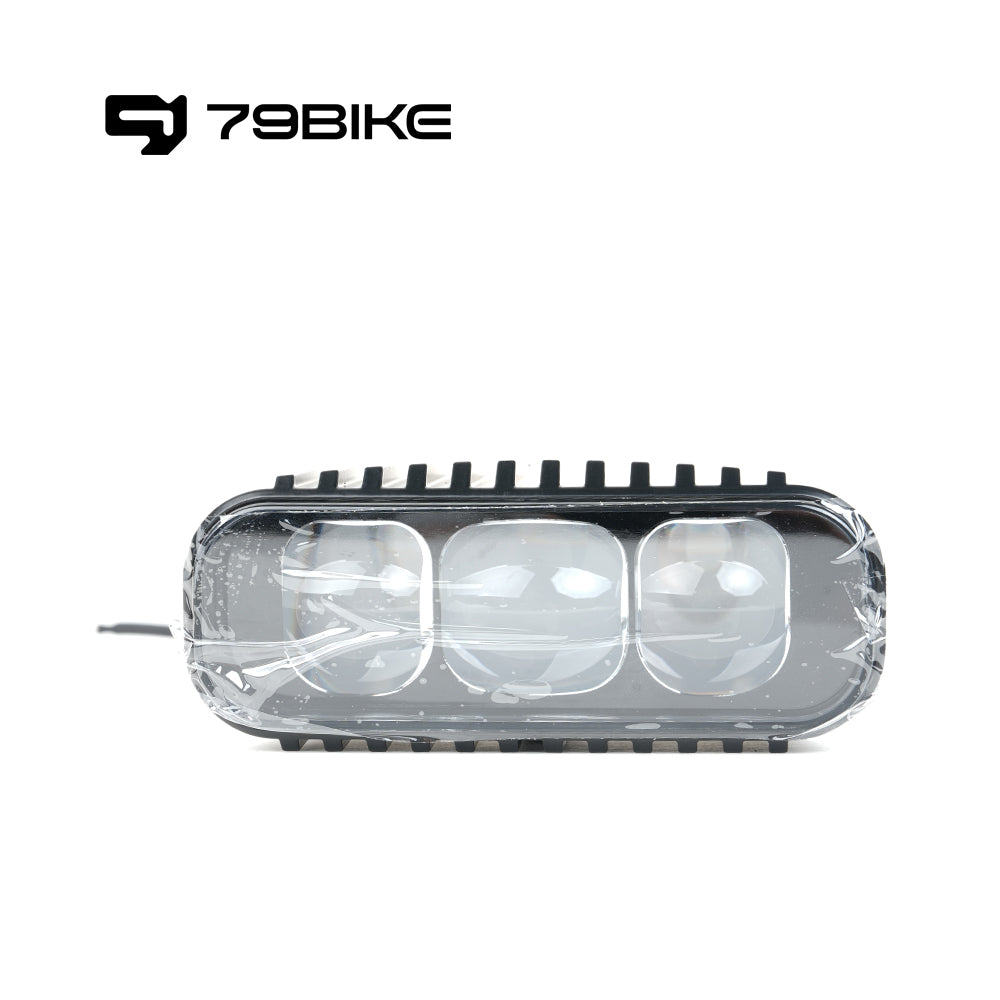
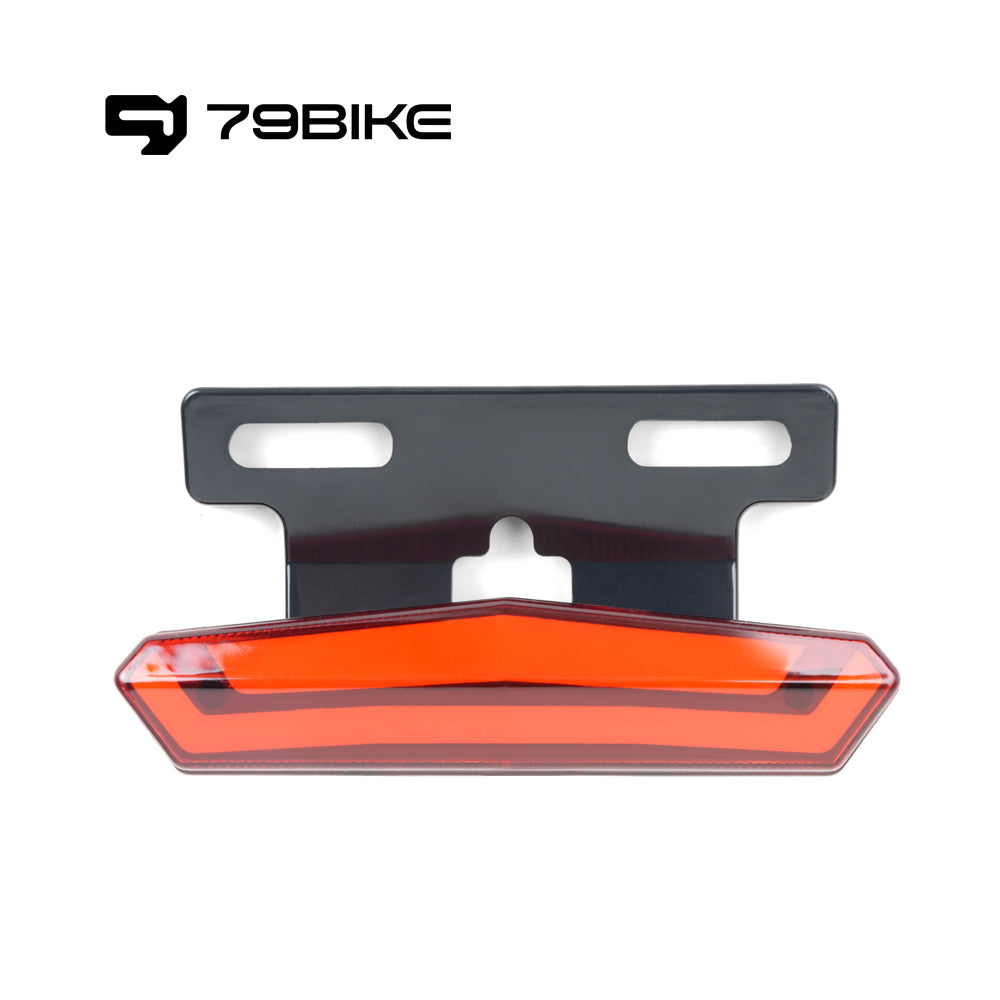
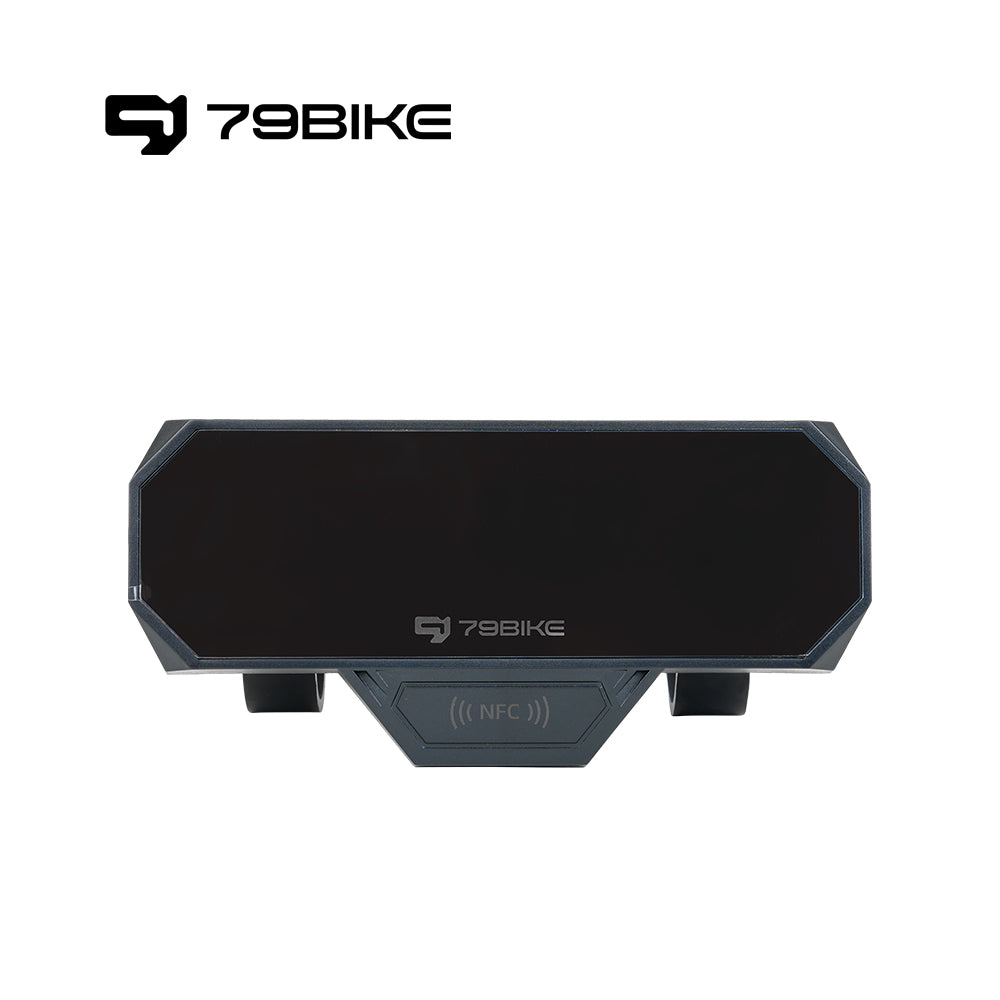
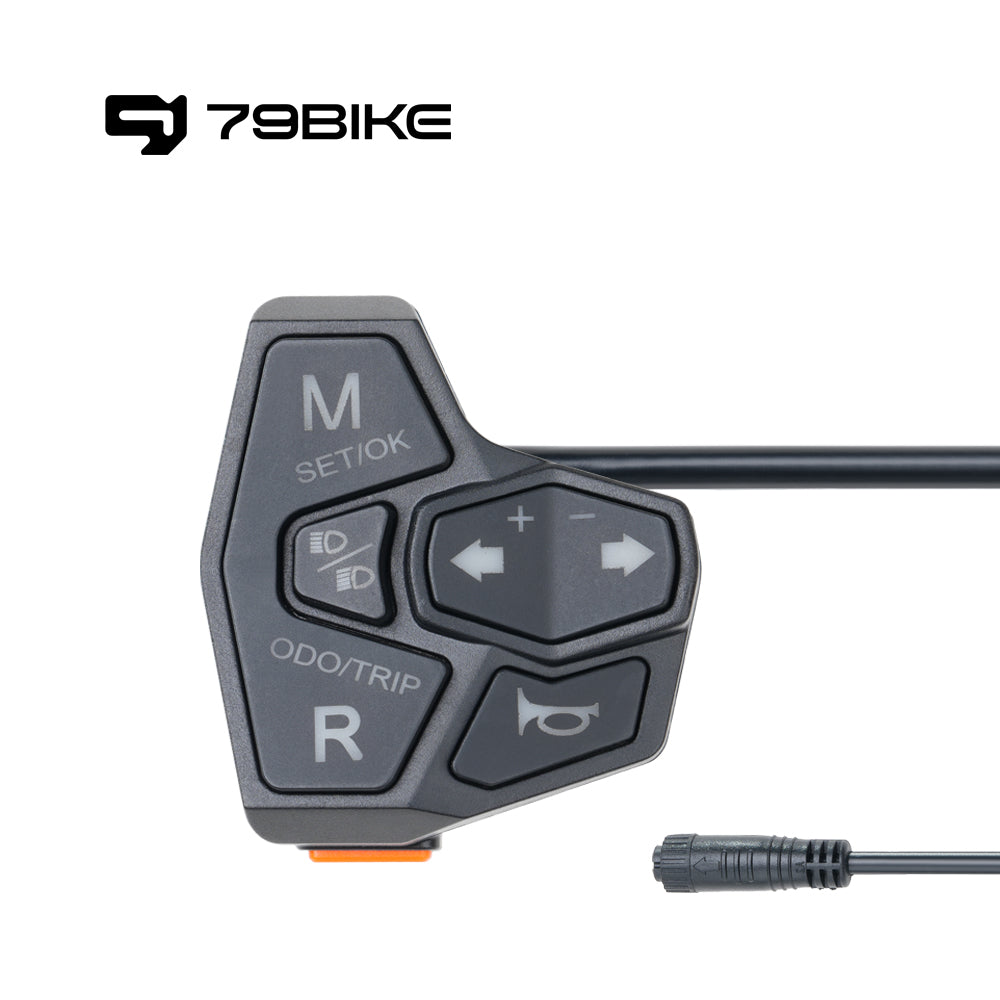
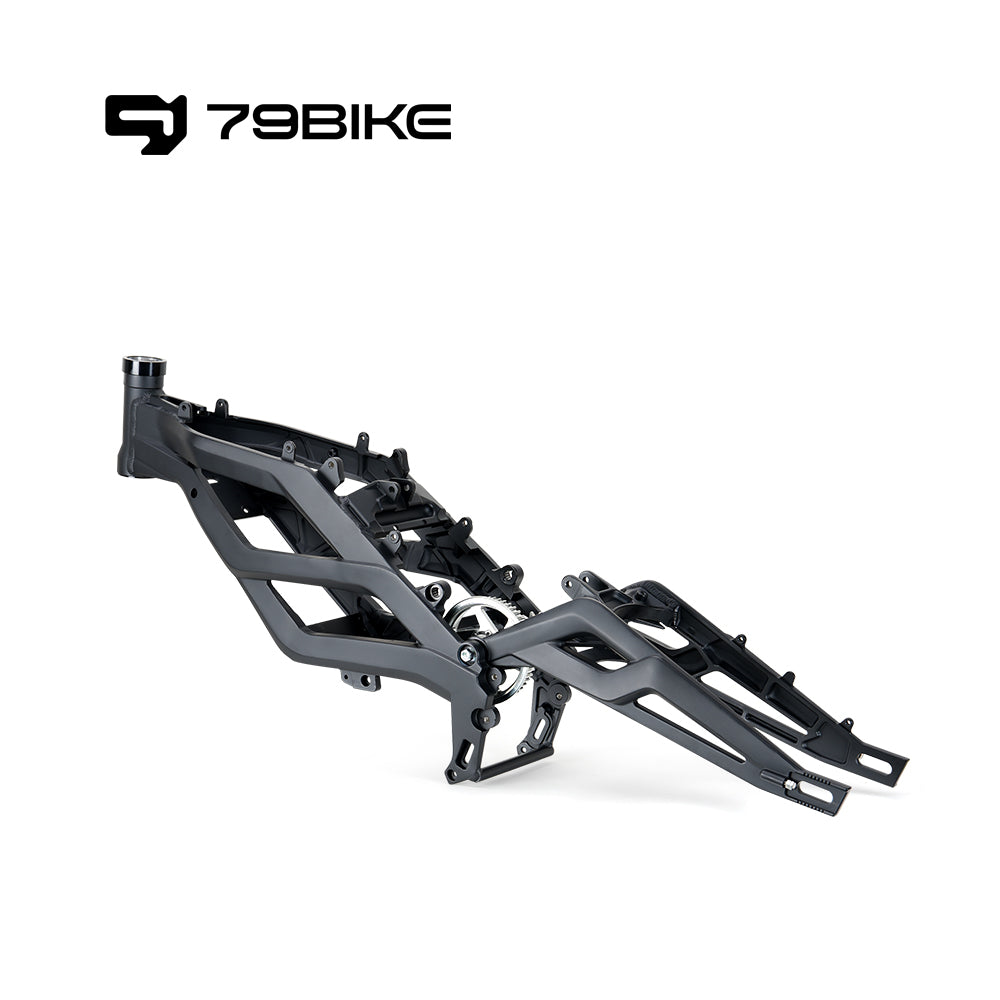
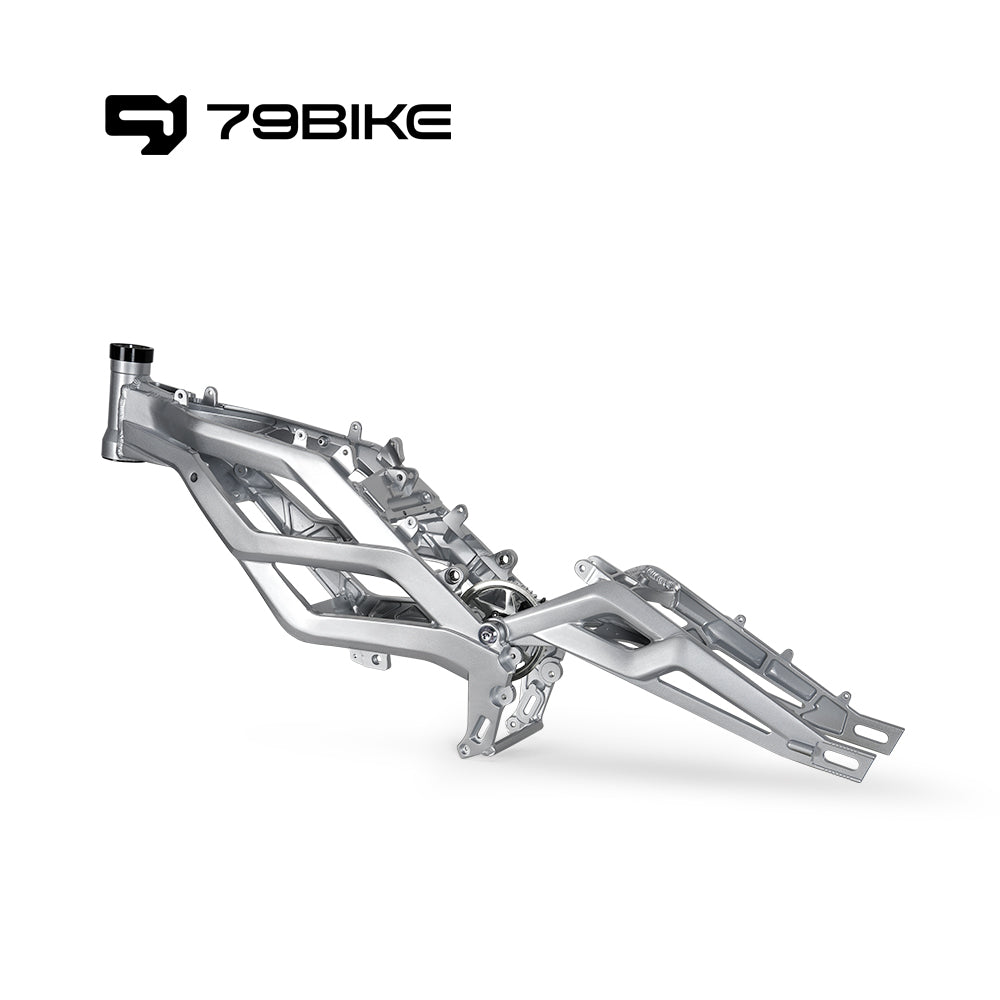
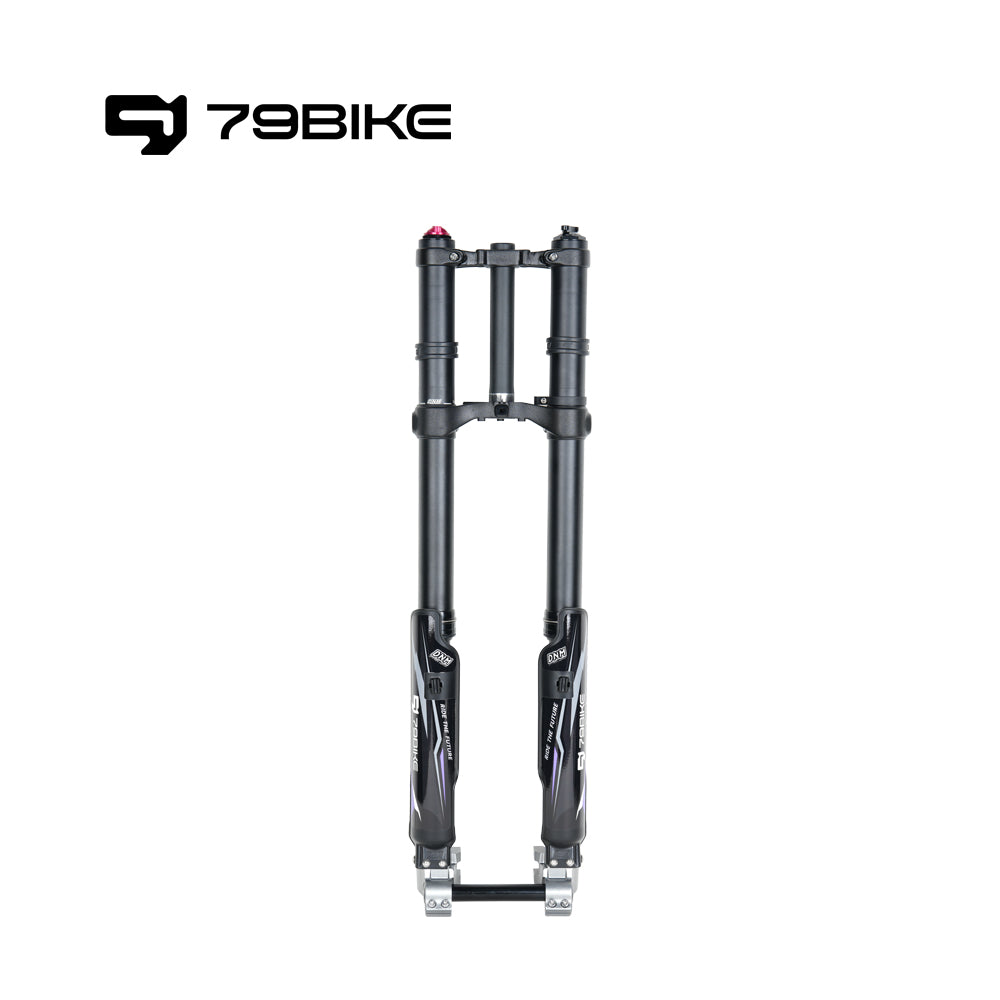
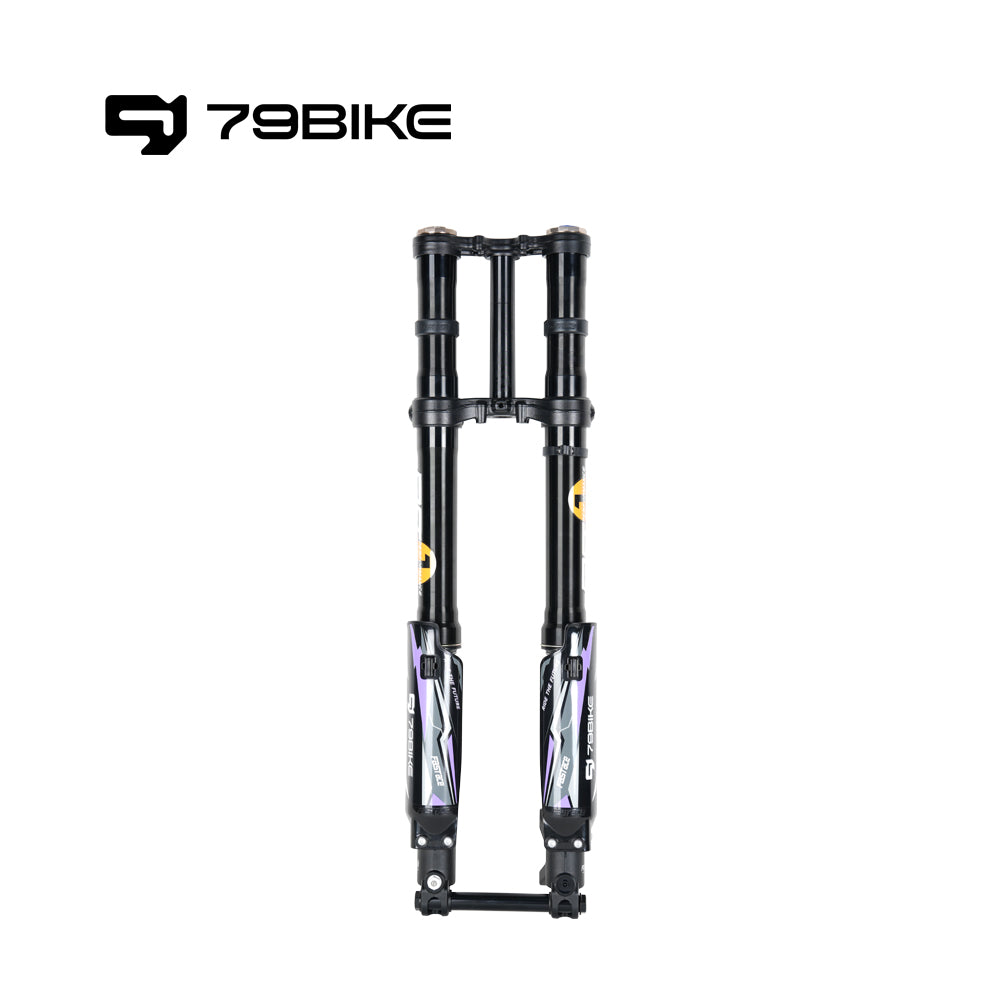
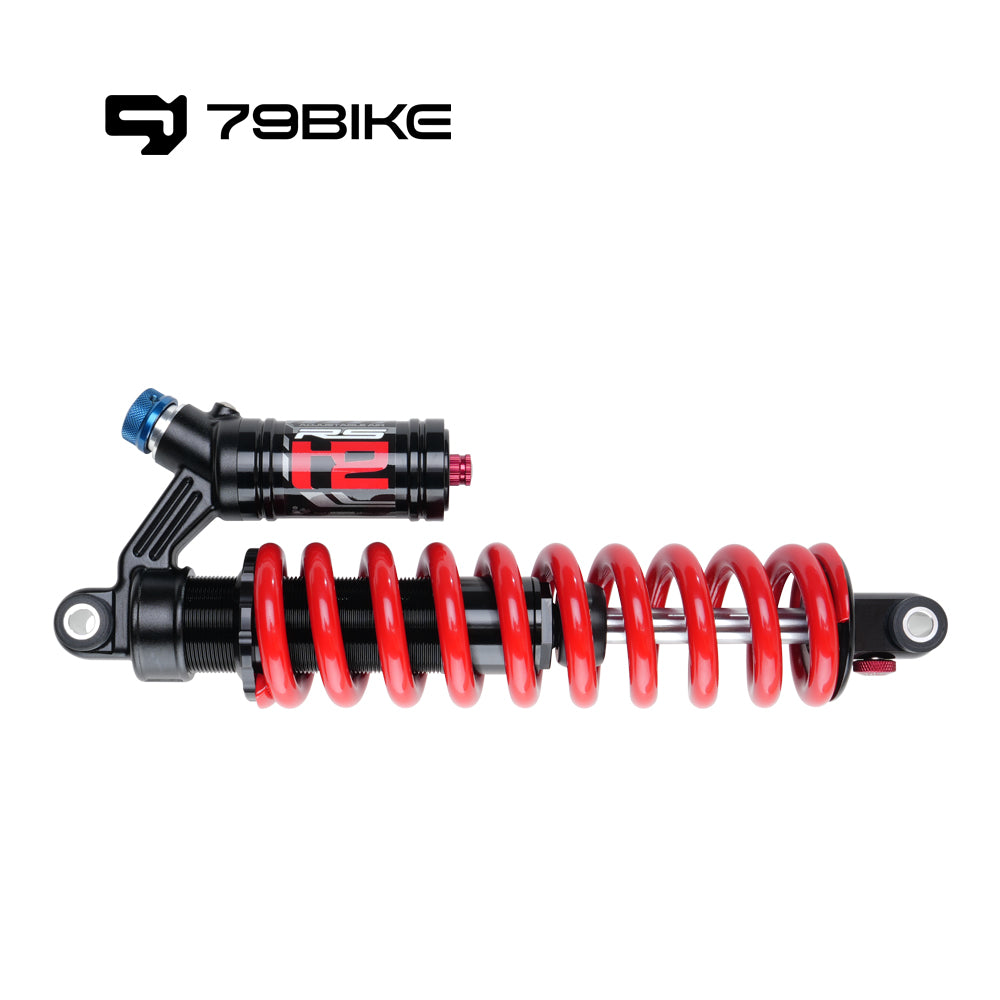
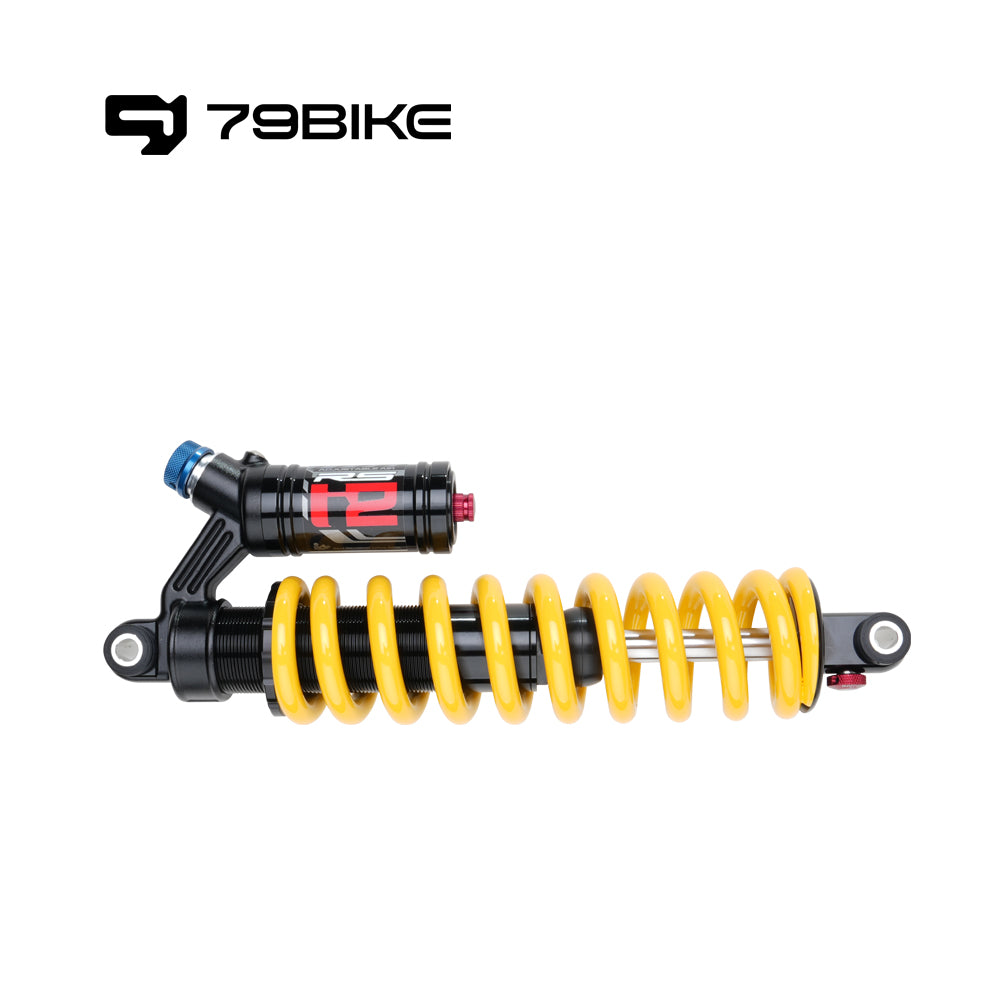
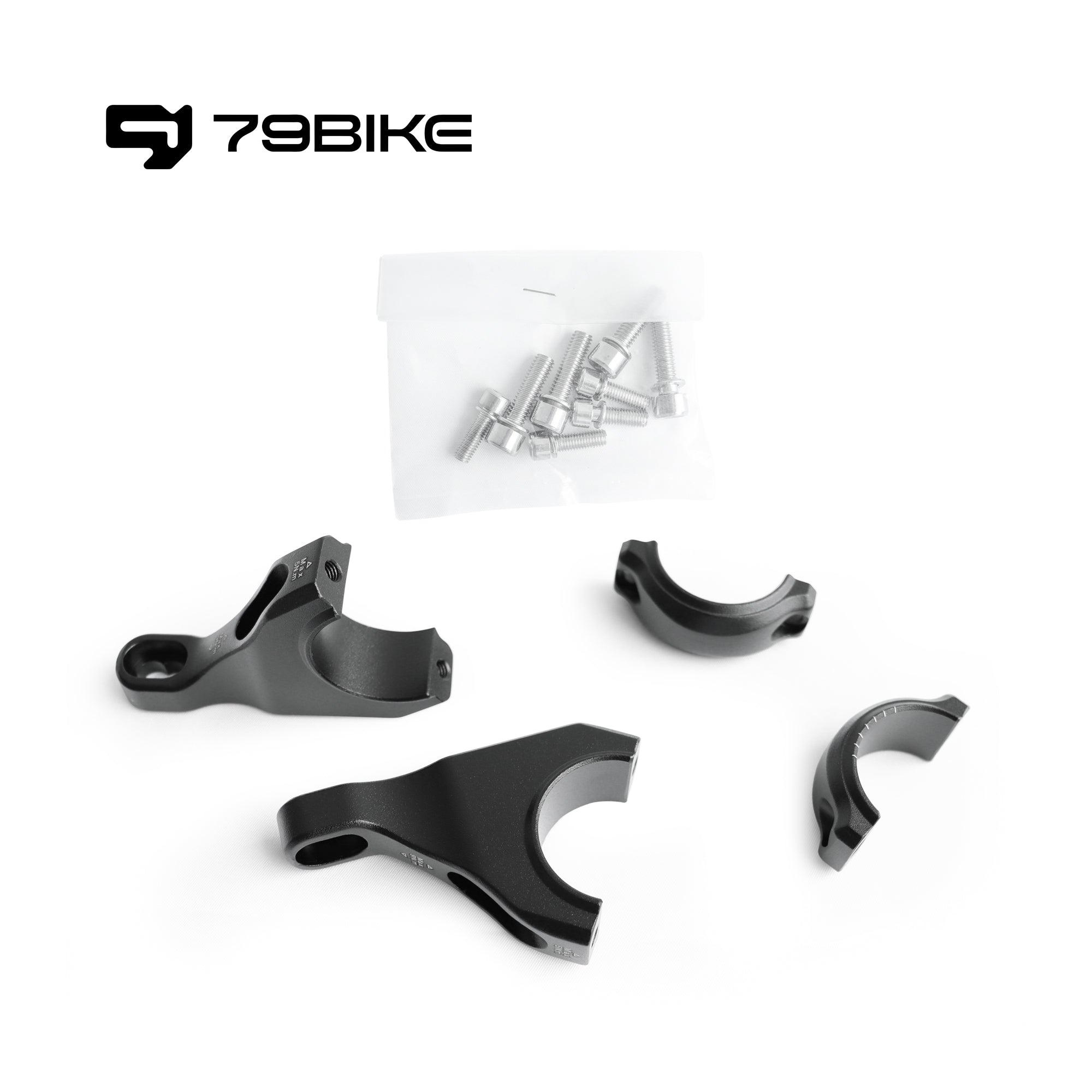
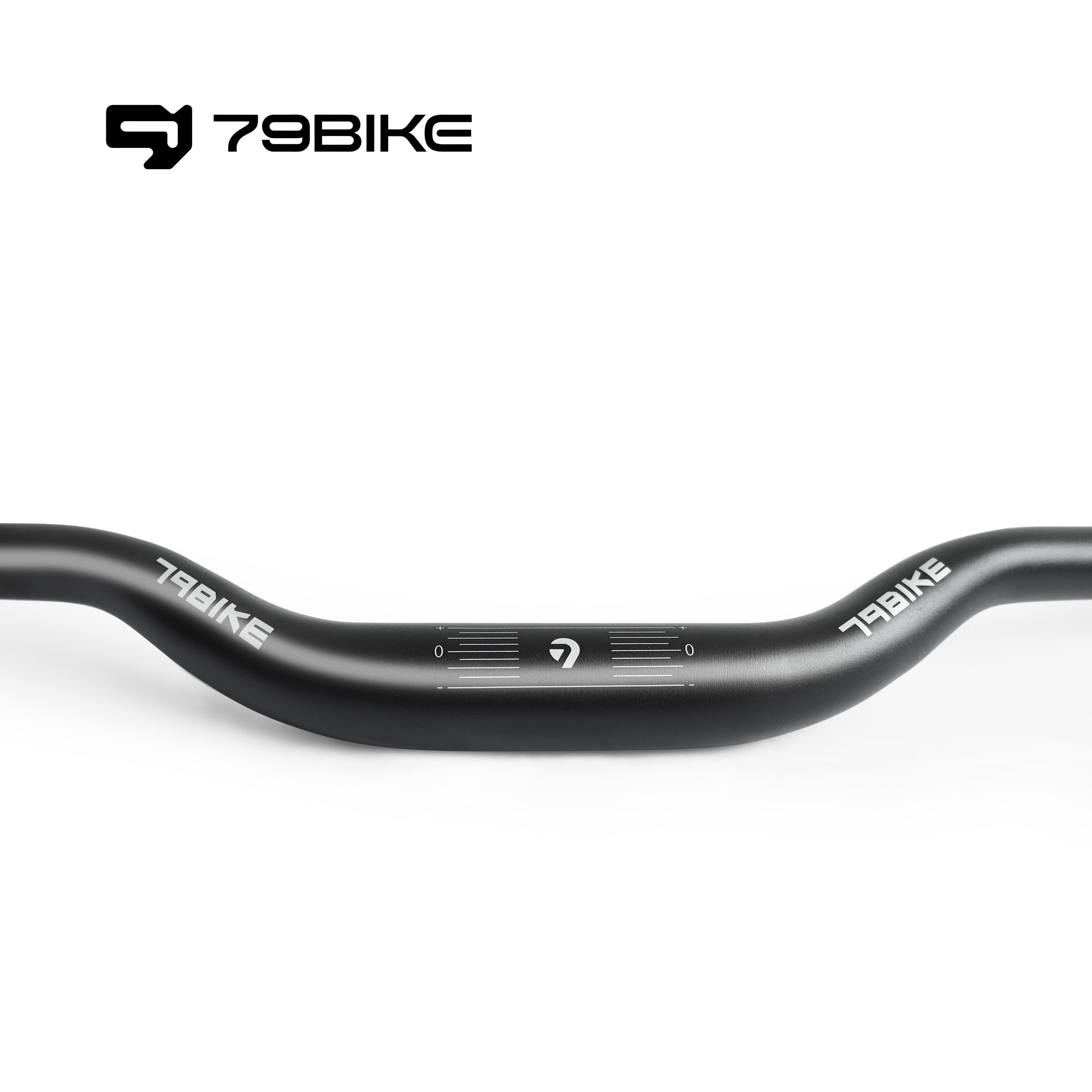
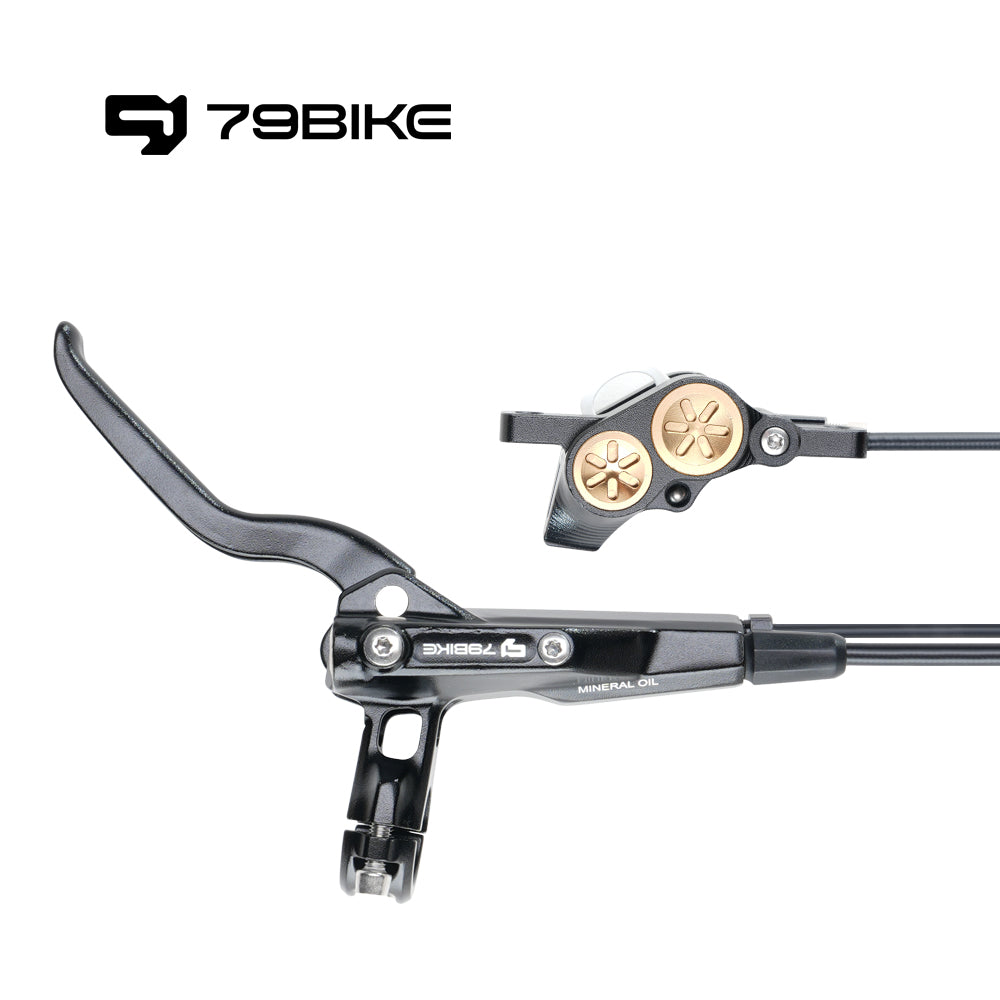
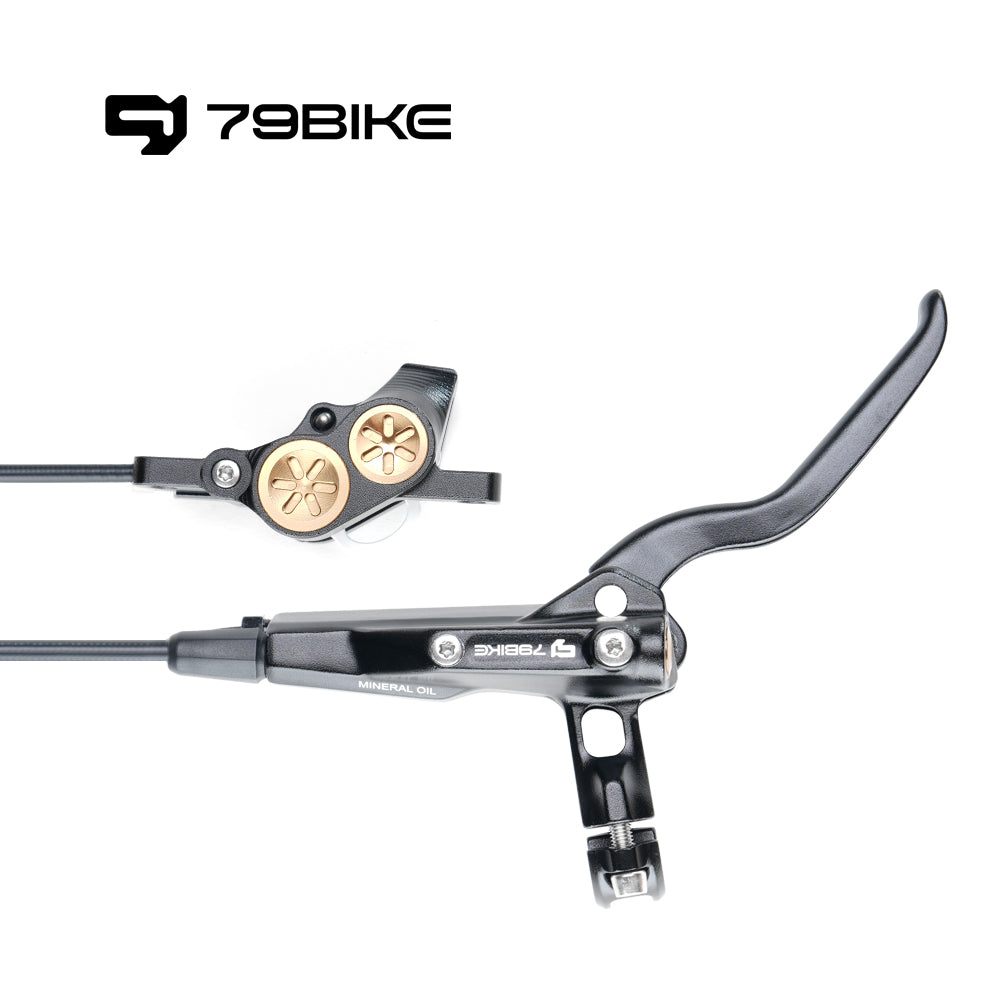
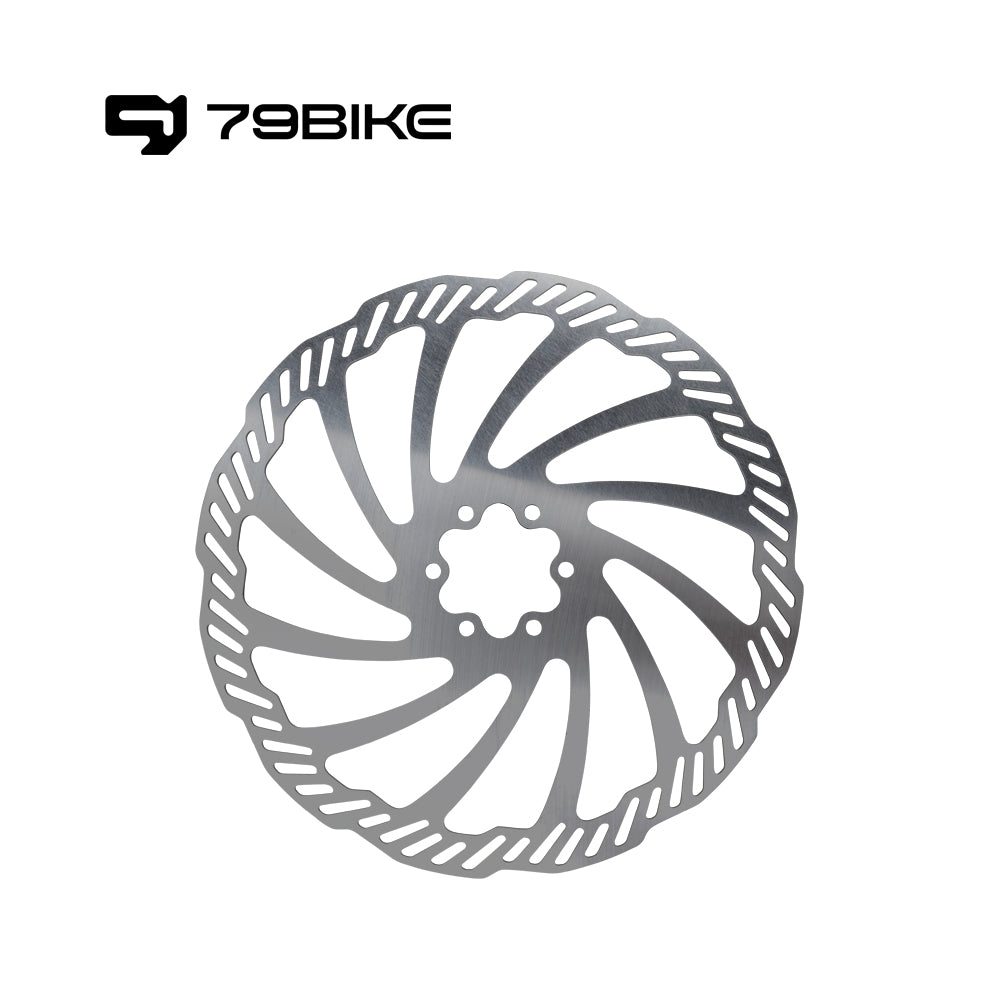
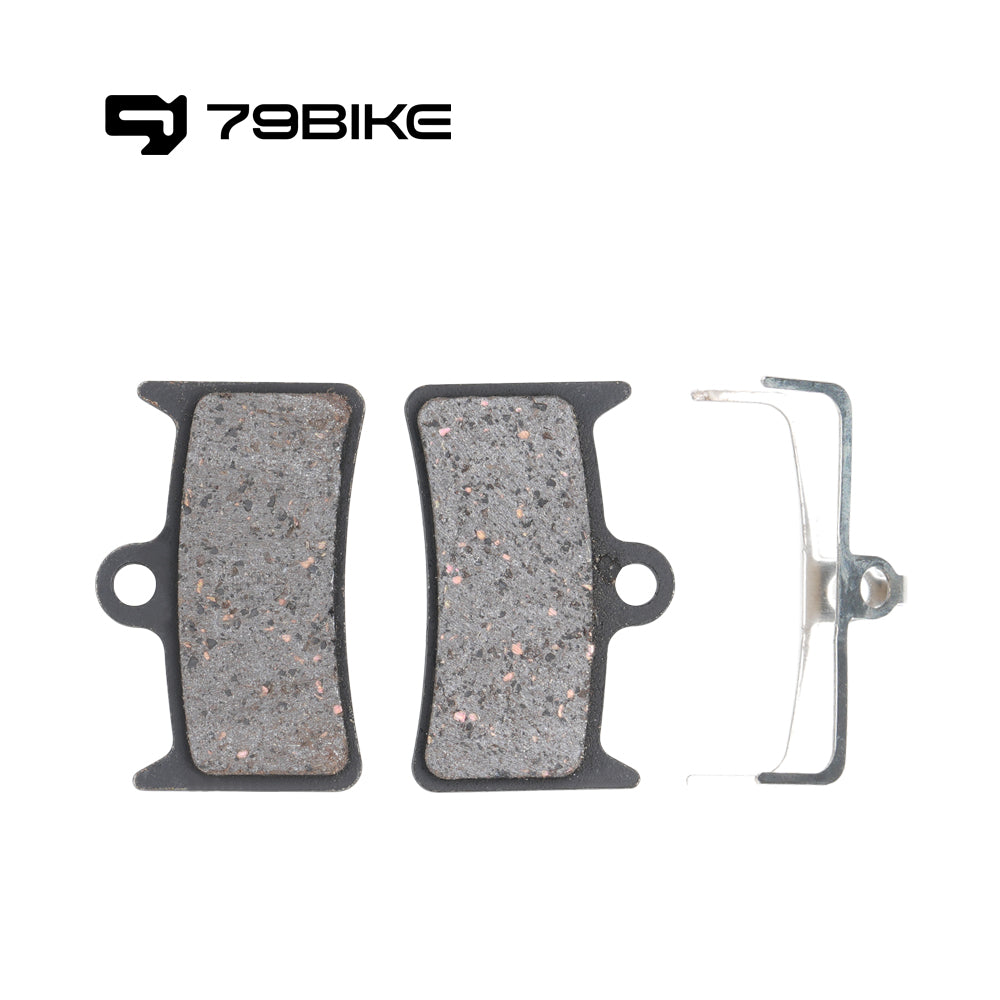
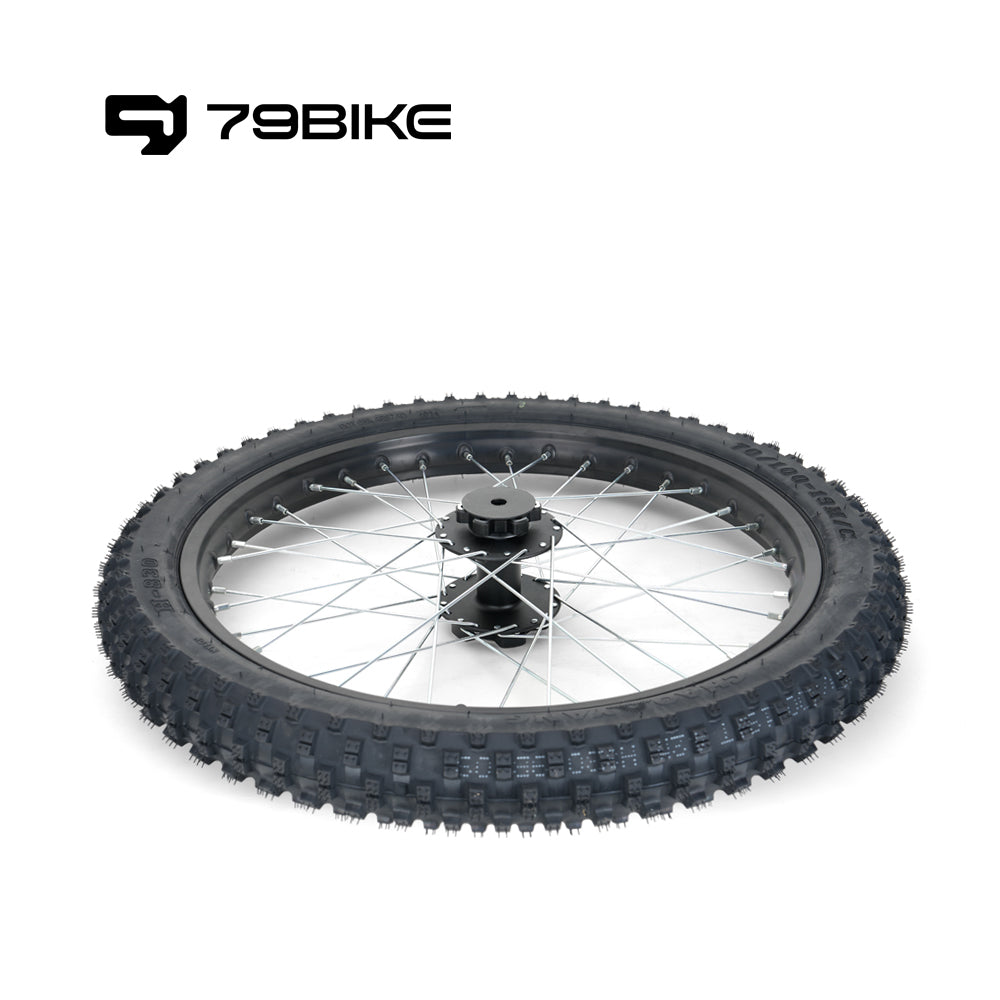
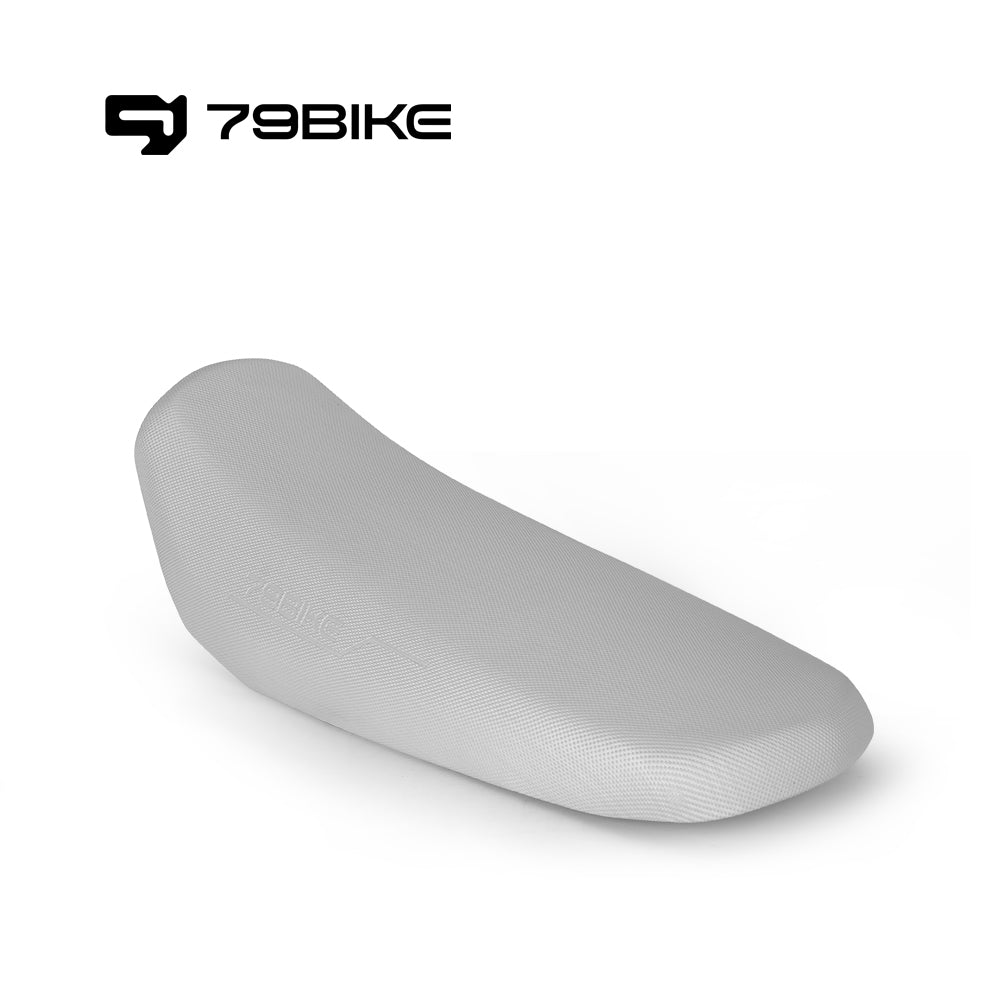
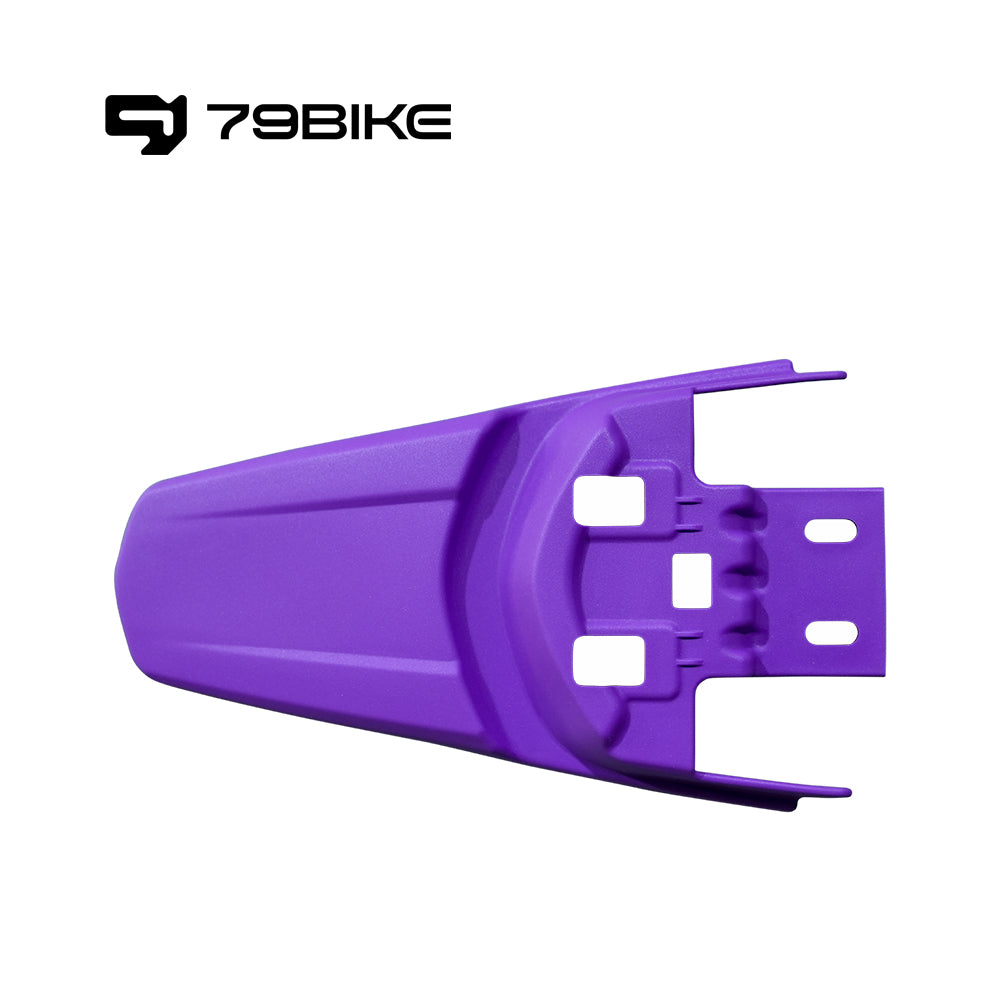
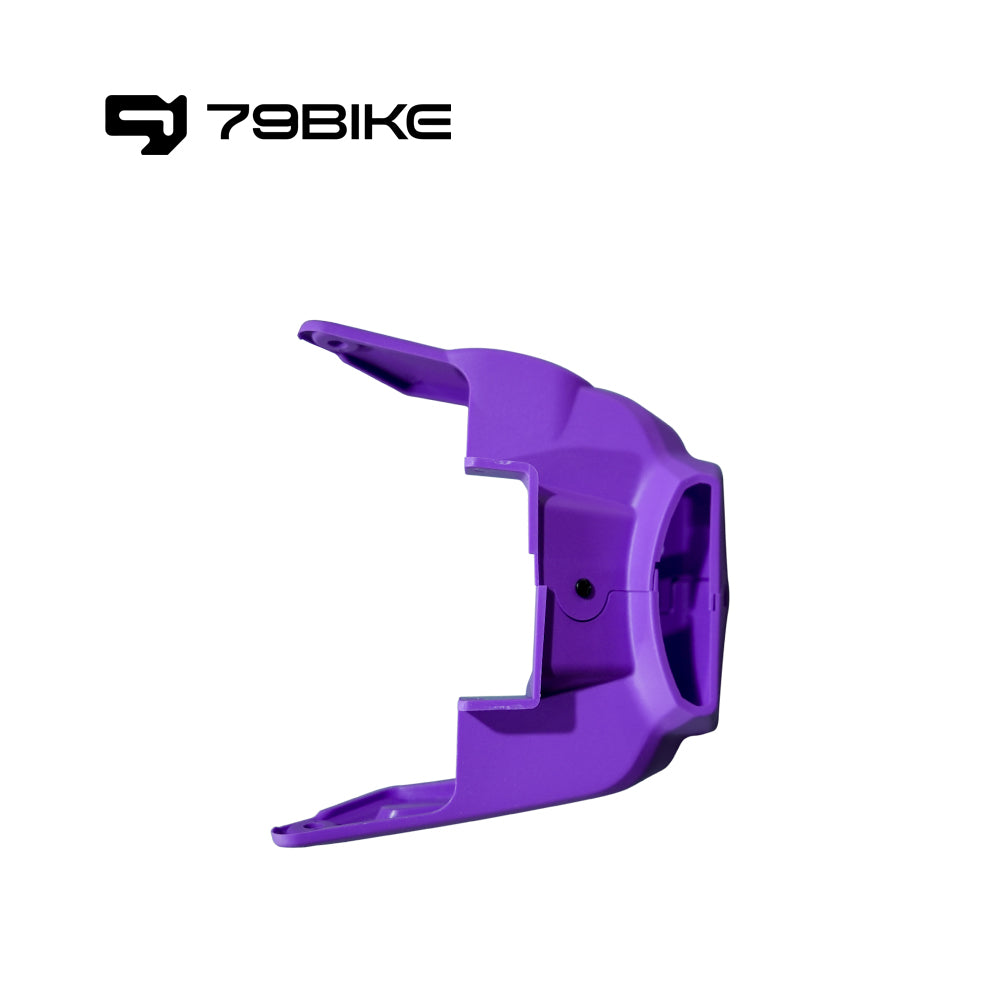
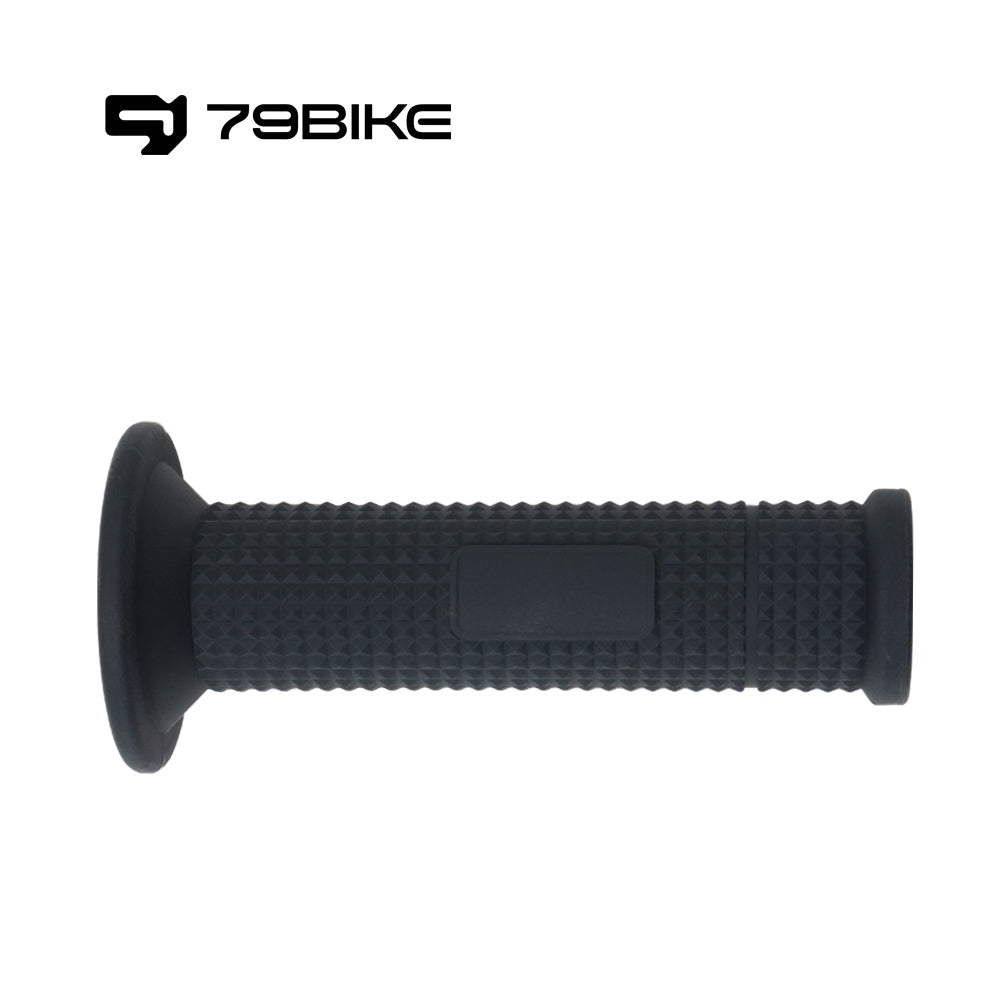


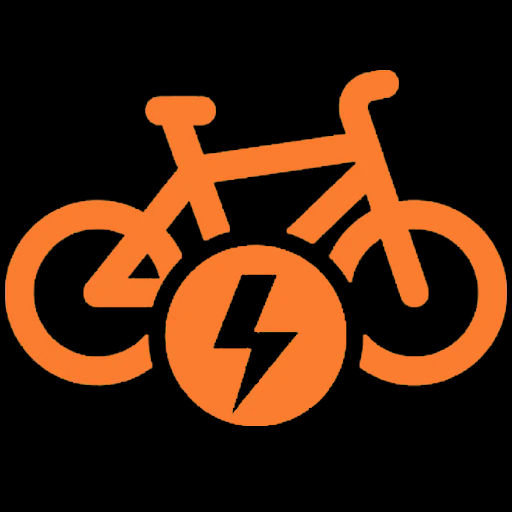


Leave a comment